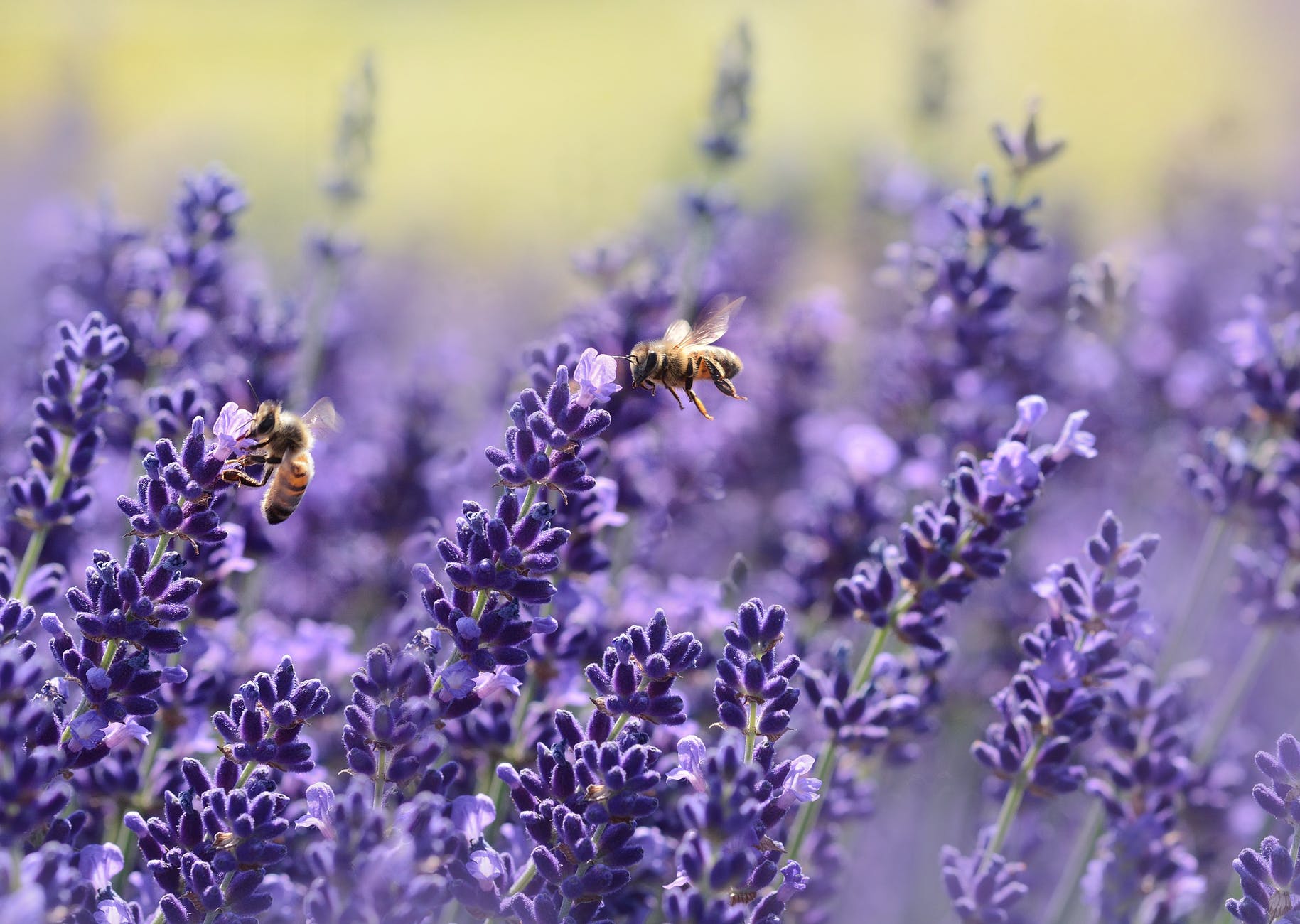
One of the earliest studies on bee movements found that, during a standard flight to forage for food, bees can end up wandering all over fields, traveling miles away from a hive. Then, when their pockets are full of pollen, they will “beeline” straight back to the hive. They will even do this if researchers kidnap and disorient them, suggesting that they have an innate sense of direction.
Bees cannot afford to voyage haphazardly between gardens; they rely on their mobility and have refined mechanisms to orient themselves. Despite their seemingly random motion amongst flower beds, a bee’s motion is actually highly coordinated. Using a combination of mental maps of the surrounding geography and sunlight patterns, bees ensure they never get lost. The two of these navigational strategies may have a genetic explanation. When bees are finding their way around an unfamiliar environment, a particular gene is upregulated, aiding their spatial memory.

Even more peculiar is how they communicate their journey to other bees once they return from scouting. Upon re-entering the hive, a successful forager will perform particular dance movements to convey information about the location of food or nesting grounds. Known as the waggle dance, these figure-eight motions symbolically relay the details of their recent flight.
Despite their tiny insect brain, bees’ outstanding visual and cognitive abilities have even inspired biomimicry in artificial neural networking. With abilities of gauging distance without an odometer, orientation without a compass, and directions without a map, these tiny pollinating insects’ behavior is worth all the buzz!
Check out these resources to find out how you can help bees live their best lives and travel miles through gardens and farms to increase floral genetic diversity and, more practically, keep food on our tables. Verge Science, a new video-based science feature series, also has a piece on bee extinction.
Image sources: Both photos (not the featured image) were taken by me in parks around Ann Arbor, Michigan.
 Sarah is a Ph.D. student in the Program of Chemical Biology at the University of Michigan in the Cianfrocco and Verhey labs. She has produced written articles that have been published on Michigan Science Writers (where she’s also a senior editor and communications director), F1000, and her own blog Annotated Science. She is also the organizing chair of ComSciCon-Michigan 2018. Connect and chat about science, #scicomm, or open access with her on Twitter!
Sarah is a Ph.D. student in the Program of Chemical Biology at the University of Michigan in the Cianfrocco and Verhey labs. She has produced written articles that have been published on Michigan Science Writers (where she’s also a senior editor and communications director), F1000, and her own blog Annotated Science. She is also the organizing chair of ComSciCon-Michigan 2018. Connect and chat about science, #scicomm, or open access with her on Twitter!


Leave a Reply